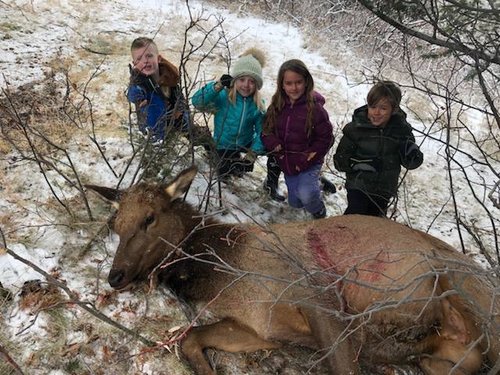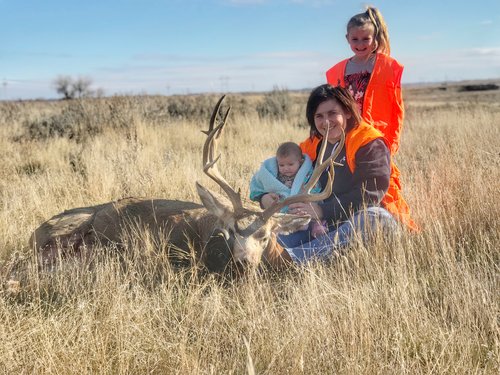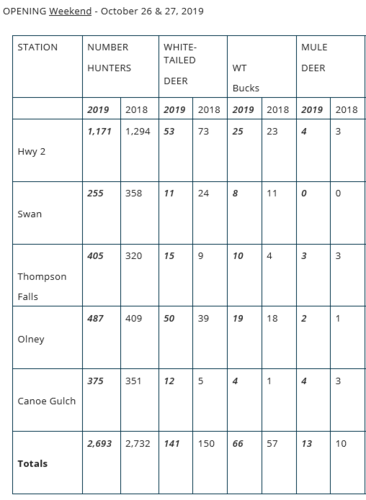Bambistew
Well-known member
Conditions seemed to be prime, and season is a week later. Next year will be further down the toilet after the high harvest this year. I'd put money on it.
Montana is a fun place to hunt, less fun if you think you can kill mature deer.
Montana is a fun place to hunt, less fun if you think you can kill mature deer.







